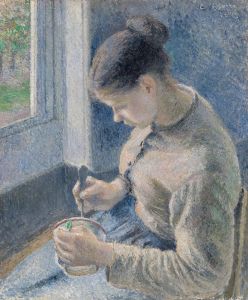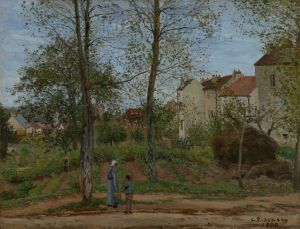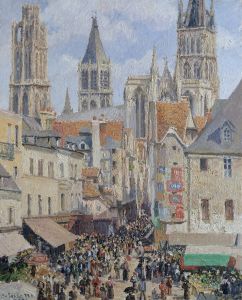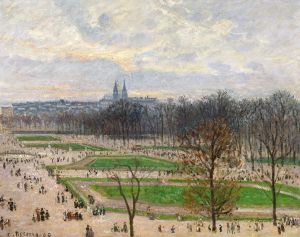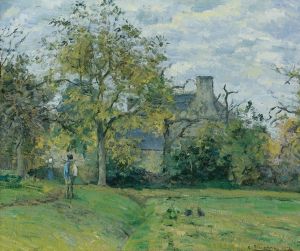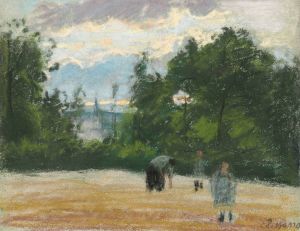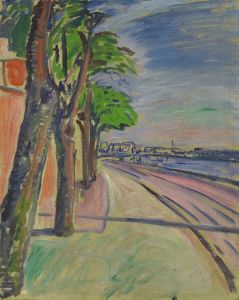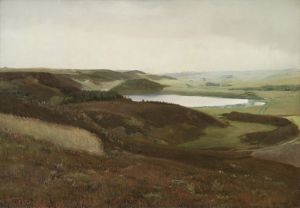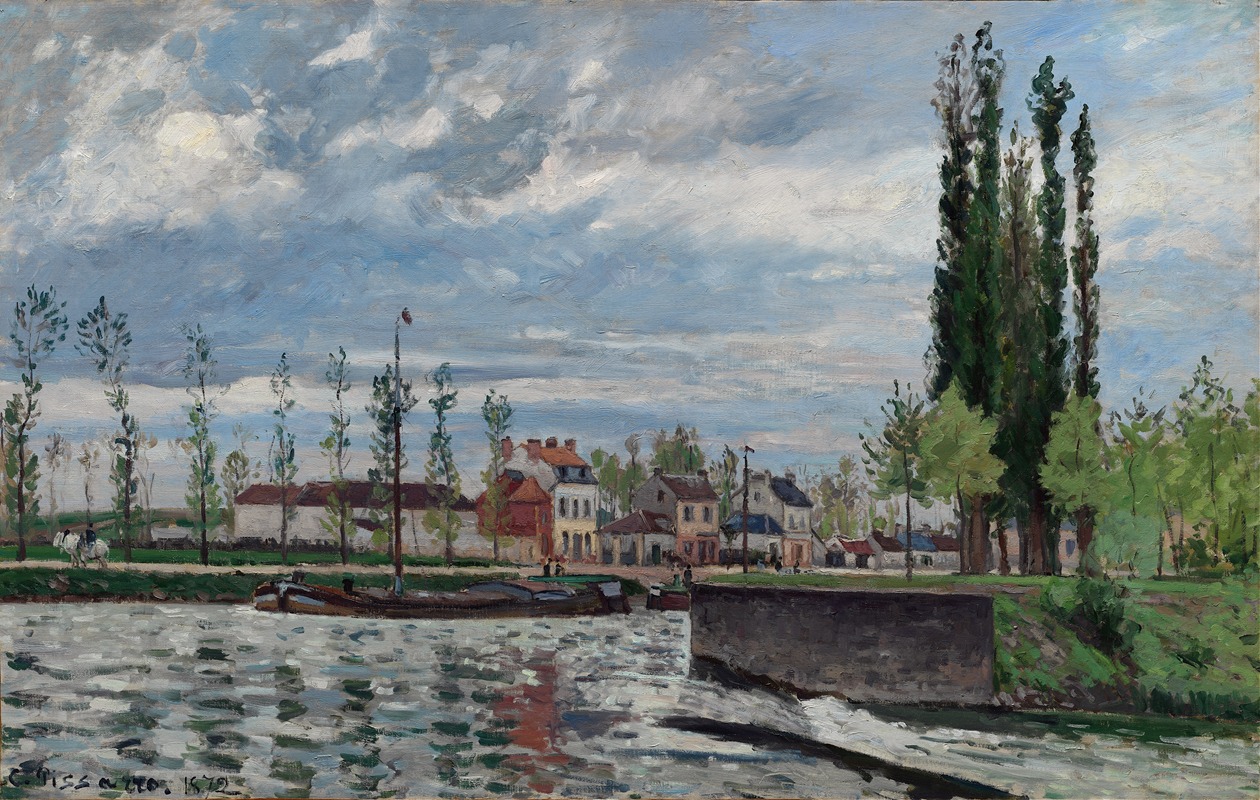
The Lock at Pontoise
A hand-painted replica of Camille Pissarro’s masterpiece The Lock at Pontoise, meticulously crafted by professional artists to capture the true essence of the original. Each piece is created with museum-quality canvas and rare mineral pigments, carefully painted by experienced artists with delicate brushstrokes and rich, layered colors to perfectly recreate the texture of the original artwork. Unlike machine-printed reproductions, this hand-painted version brings the painting to life, infused with the artist’s emotions and skill in every stroke. Whether for personal collection or home decoration, it instantly elevates the artistic atmosphere of any space.
"The Lock at Pontoise" is a painting by the renowned French artist Camille Pissarro, a pivotal figure in the Impressionist movement. This artwork is one of the many pieces Pissarro created that depict the rural and suburban landscapes of France, particularly focusing on the area around Pontoise, a town located northwest of Paris. Pissarro lived in Pontoise for several years, and the region became a significant source of inspiration for his work during the 1870s.
Camille Pissarro was born on July 10, 1830, on the island of St. Thomas in the Danish West Indies. He moved to Paris in 1855, where he became acquainted with the works of leading artists of the time and eventually became a central figure in the Impressionist movement. Pissarro is known for his innovative use of color and light, as well as his commitment to painting en plein air, or outdoors, which allowed him to capture the natural atmosphere and changing conditions of the landscape.
"The Lock at Pontoise" exemplifies Pissarro's dedication to capturing the essence of rural life and the natural environment. The painting portrays a lock on a river, a common feature in the waterways of France, used to manage water levels and aid in the navigation of boats. Pissarro's depiction of the lock is characterized by his typical loose brushwork and a palette that captures the subtle interplay of light and shadow. The composition likely includes elements such as the lock itself, the surrounding landscape, and possibly figures or boats, reflecting the everyday activities and serene beauty of the region.
Pissarro's work during this period is noted for its focus on the harmony between human activity and nature. His paintings often include figures engaged in daily tasks, set against the backdrop of the French countryside. This approach not only highlights the picturesque quality of the landscape but also emphasizes the connection between people and their environment.
Throughout his career, Pissarro was known for his collaborative spirit and his role as a mentor to other Impressionist artists, including Paul Cézanne and Paul Gauguin. His influence extended beyond his own paintings, as he played a crucial role in organizing the first Impressionist exhibition in 1874, which marked a significant departure from the traditional art exhibitions of the time.
"The Lock at Pontoise" is part of Pissarro's broader body of work that explores the themes of rural life and the natural world. His paintings from this period are celebrated for their ability to convey the tranquility and beauty of the French countryside, as well as their innovative use of color and light. Pissarro's commitment to capturing the essence of his surroundings and his contributions to the development of Impressionism have secured his place as one of the most important artists of the 19th century.
While specific details about "The Lock at Pontoise," such as its exact date of creation or current location, may not be widely documented, the painting remains an important example of Pissarro's work and his enduring legacy in the world of art.








